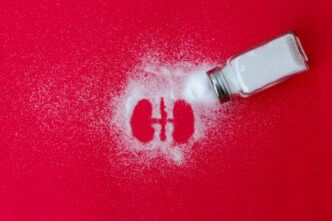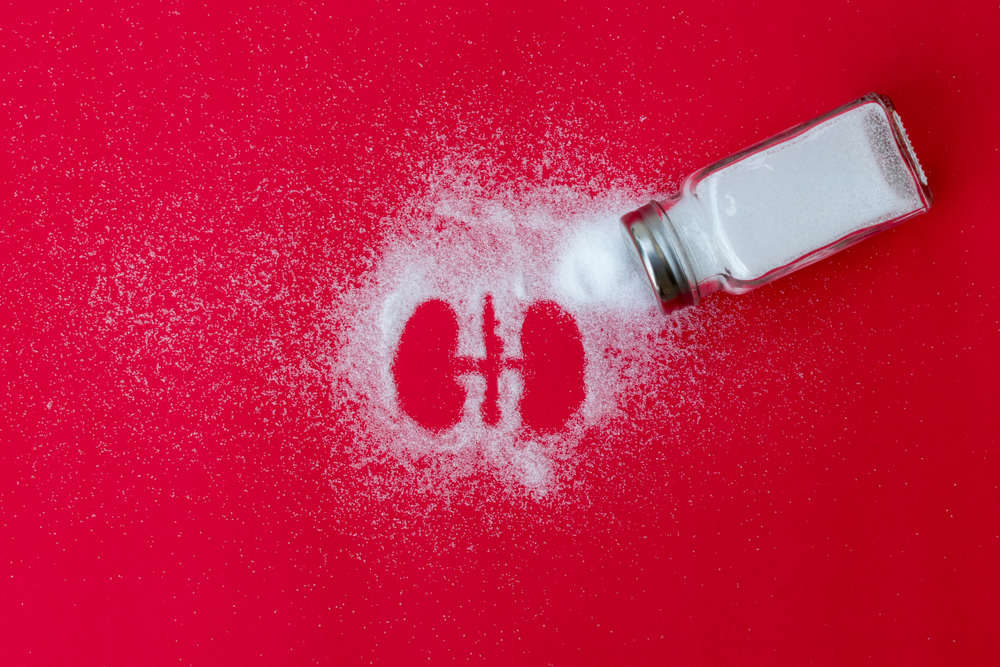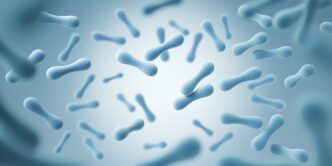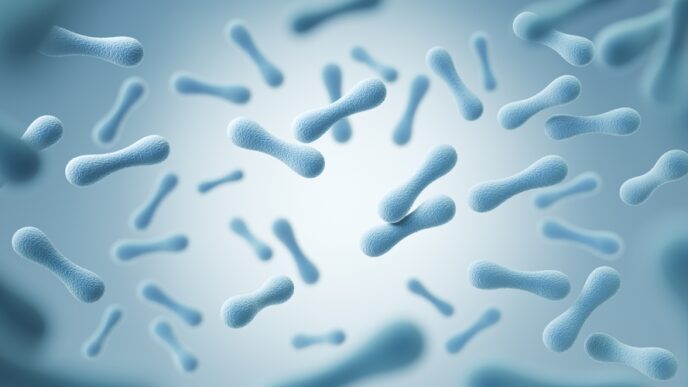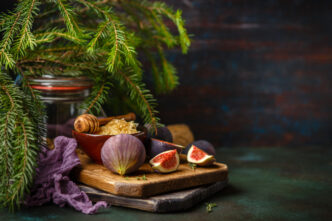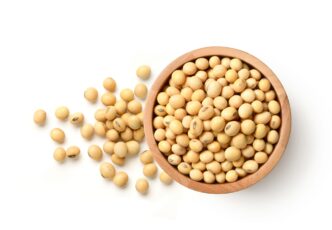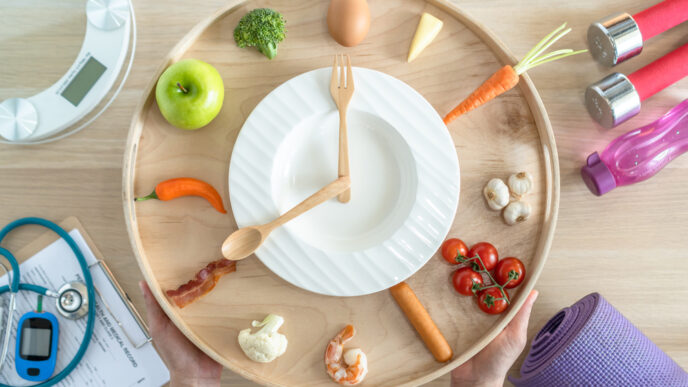Whenever chronic kidney disease (CKD) is mentioned, salt is never far from the conversation. Whether it’s advice from your doctor, a quick Google search, or a family member warning you about that extra ladle of gravy – salt somehow always comes up. But why exactly is salt such a big deal when it comes to kidney health?
WORDS SOFIYYA HASSAN AND CHARMAINE LAVINIA
 FEATURED EXPERT FEATURED EXPERTSOFIYYA HASSAN Final Year Dietetics with Nutrition Student School of Health Sciences IMU University |
 FEATURED EXPERT FEATURED EXPERTCHARMAINE LAVINIA Senior Clinical Instructor Department of Nutrition, Dietetics and Food Science School of Health Sciences IMU University |
Sodium plays an important role in the body by helping regulate blood pressure and blood volume.
However, when there is too much sodium in your bloodstream – usually from the food you eat – it draws more water into your blood vessels.
This increases blood volume, makes your heart work harder, and raises your blood pressure.
WHAT DOES THIS HAVE TO DO WITH YOUR KIDNEYS?
Quite a lot, actually!
Your kidneys help keep your sodium levels in check by filtering out excess amounts.
High Blood Pressure Damages Blood Vessels in the Kidneys
- When blood pressure remains high for long periods – a condition called hypertension – it can damage the tiny blood vessels in your kidneys.
- The constant force of high blood pressure wears these delicate blood vessels down over time, reducing kidney function and eventually leading to chronic kidney disease (CKD).
Fluid Accumulation
- For individuals with CKD, the kidneys have difficulty filtering out excess sodium.
- This causes the body to hold on to more fluid, which can accumulate in areas like the legs, ankles, lungs, or abdomen.
- This fluid buildup causes swelling in the feet, ankles, wrists, and face, as well as symptoms like shortness of breath, cramping, and headaches.
- The added fluid puts more pressure on the heart, making it harder to control blood pressure and further impairing kidney function.
Which is why managing your salt intake isn’t just a suggestion for those with CKD – it’s one of the most important steps in slowing the progression of the disease and protecting remaining kidney function.
| According to the KDOQI Clinical Practice Guideline for Nutrition in CKD 2020, individuals with CKD should limit their sodium intake to less than 2,300mg per day, which is about 1 teaspoon of salt. |
KNOW WHERE THE SALT COMES FROM
When we think of salt, we often picture the sprinkle of table salt into the cooking pan.
But the truth is, a lot of the sodium we consume comes from hidden sources, especially in the ingredients, condiments, and processed foods we reach for every day.
Here’s where sodium tends to hide:
- Seasonings such as soy sauce, oyster sauce, tomato sauce, salad dressings, mayonnaise, MSG, seasoning cubes.
- Processed foods such as fish balls, canned food, nuggets, sausages, cheese, burger patties.
- Preserved foods and food ingredients such ikan bilis, salted fish, salted eggs, dried shrimp, belacan, cencaluk, budu, pickled vegetables and fruits.
- Salted snacks such as keropok, papadom, potato chips, instant noodles, salted peanuts, savory biscuit.
You might not add a lot of salt to your cooking, but if your dishes are full of these ingredients, your sodium intake can still be high.
SMALL SWAPS, BIG DIFFERENCE
Reducing salt does not mean compromising on flavor. It’s about making smarter choices.
- Choose fresh over processed. Base your meals on fresh ingredients including vegetables, fish, poultry, and legumes instead of frozen or packaged items.
- Snack smart. Swap your salty snacks for fresh fruit and plain roasted nuts.
- Read food labels. On your next trip to the grocery store, look for “low sodium”, “reduced sodium”, or “no added salt” options.
- Flavour naturally. Use herbs and aromatics like lemongrass, galangal, ginger, lime juice, garlic, turmeric, and spices instead of reaching straight for the sauces.
- Be smart when cooking. If you must use salt or soy sauce, add them after turning off the heat – the salty taste stands out more in cooler food, so you can use less.
- Skip the extra drizzle. Avoid adding soy sauce, ketchup or chili sauce after your food is served. Taste first, you might not need it.
- Enjoy fruits as they are. No need for the assam powder or extra salt.
- Customize your order when eating out. Request for sauces and gravies to be served separately, and request kurang masin or tanpa MSG when ordering.
- Skip the spoon for soupy dishes. Chopsticks or forks help reduce how much salty broth you take in.
- Chew mindfully. Eat slowly, natural flavors, including saltiness, come through better, so you’re less likely to add seasoning.
Every small change can make a difference in protecting your kidneys. Take the first step today and book a free consultation at the Students Dietetics Centre, IMU University Bukit Jalil to get practical, personalized support from a dietetics student under the supervision of a registered dietitian.
| Do you know that the IMU Student Dietetics and Wellness Clinic in IMU University offers free individualized meal planning services as well as a few other nutrition-related services? Check out our article on this clinic and how you can avail yourself to their free services. |
This article is part of our series on foods and how consuming these foods can affect various aspects of our health.
|
References:
- Borrelli, S., Provenzano, M., Gagliardi, I., Michael, A., Liberti, M. E., De Nicola, L., Conte, G., Garofalo, C., & Andreucci, M. (2020). Sodium Intake and Chronic Kidney Disease. International journal of molecular sciences, 21(13), 4744. https://doi.org/10.3390/ijms21134744
- Cobb, M., & Pacitti, D. (2018). The importance of sodium restrictions in chronic kidney disease. Journal of renal nutrition : The official journal of the Council on Renal Nutrition of the National Kidney Foundation, 28(5), e37–e40. https://doi.org/10.1053/j.jrn.2018.02.001
- Elsurer Afsar, R., Afsar, B., & Ikizler, T. A. (2023). Sodium management in kidney disease: Old stories, new tricks. Seminars in nephrology, 43(2), 151407. https://doi.org/10.1016/j.semnephrol.2023.151407
- Ikizler, T. A., Burrowes, J. D., Byham-Gray, L. D., Campbell, K. L., Carrero, J. J., Chan, W., Fouque, D., Friedman, A. N., Ghaddar, S., Goldstein-Fuchs, D. J., Kaysen, G. A., Kopple, J. D., Teta, D., Yee-Moon Wang, A., & Cuppari, L. (2020). KDOQI Clinical Practice Guideline for Nutrition in CKD: 2020 Update. American journal of kidney diseases : The official journal of the National Kidney Foundation, 76(3 Suppl 1), S1–S107. https://doi.org/10.1053/j.ajkd.2020.05.006
- Ministry of Health Malaysia. (n.d.). Adakah anda salah seorang penghidap hipertensi? https://moh.gov.my/moh/resources/Penerbitan/Rujukan/NCD/Garam/Poster.pdf

